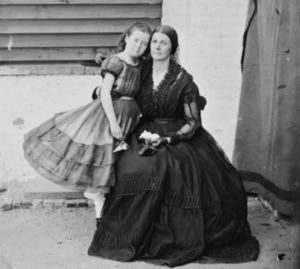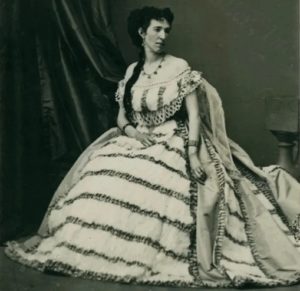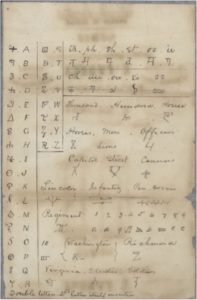After 150 years, America is still haunted by the ghosts of its Civil War, whose story has been romanticized for so long it’s hard to keep the facts straight. In the overall memory of the war, men are the heroes. Fighting their brothers for what each believed to be right. A incredibly overlooked part is how influential women were to the course of the Civil War. Without Rose Greenhow’s masterfully run spy ring, the Union might have ended the war with a swift victory over the Confederates in July 1861. Instead, the widow leaked Union plans to Confederate generals, allowing them to win the First Battle of Bull Run, which caused the war to drag out for four more years. Elizabeth Van Lew, leader of a Union spy ring who also happened to be a “spinster” feminist was a large part of the fall of the Confederate capital of Richmond, Virginia, on April 1, 1865, leading to Lee’s surrender eight days later.
Women held many roles during the American Civil War. One role as we just stated was working as spies for both the Union and Confederate armies. Women were perfect for this role because they were easily trusted and not viewed as threatening by soldiers. Soldiers often let their guard down around women because they missed their own wives, daughters, or mothers. During the early stages of the war many people, especially men, didn’t believe that women were capable of taking on such dangerous roles. Most women would volunteer to spy, however, some of them were recruited by spymasters.
Female spies often gathered information about the enemy’s plans, troop size, fortifications and supplies on scraps of paper or fabric and sewed them into their clothes or rolled them into their hair. Goods like medicine, ammunition or weapons were hidden in packages and baskets. Occasionally, extra stealth was required and they would hide them in the hoops of their skirts or even in dolls. For modesty sake, soldiers would not check women’s clothing, thus making it an excellent hiding location.
“If she (Belle Boyd) was really effective at anything, it was at smuggling. She recruited other Southern women to smuggle weaponry, like muskets and sabers, under their hoop skirts. The 28th Pennsylvania Regiment near Harper’s Ferry woke one day to find about 200 sabers, 400 pistols, 1,400 muskets, and cavalry equipment for 200 men were gone.”[1]
The Civil War broke out at a time when there were strict gender roles for women. While often times this worked in the female spy’s favor, sometimes it did not, and they would be caught. Women raised suspicions because of the unladylike behavior that sometimes came with being a spy. As soldiers caught on through the duration of the war it became harder and harder for women to cross lines without being searched, which led to a lot of arrests. Female spies who were caught were rarely executed but were usually either imprisoned or deported to Canada or the South.

Confederate spy Rose O’Neal Greenhow, 48, and her 9-year-old child, Little Rose, in the courtyard of Old Capitol Prison in D.C., where she was being held on suspicion of treason in 1862.
Famous female Confederate spies include Rose O’Neal Greenhow, Belle Boyd, Antonia Ford, Charlotte and Virginia Moon and Mary Surratt. Famous female Union spies include women such as Harriet Tubman, Pauline Cushman, Mary Elizabeth Bowser, Sarah Emma, Edmonds and Elizabeth Van Lew.

Confederate spy Belle Boyd, circa 1855-1865

Rose Greenhow’s cipher.
[1] Abbot, Karen. Liar, Temptress, Soldier, Spy: Four Women Undercover in the Civil War




